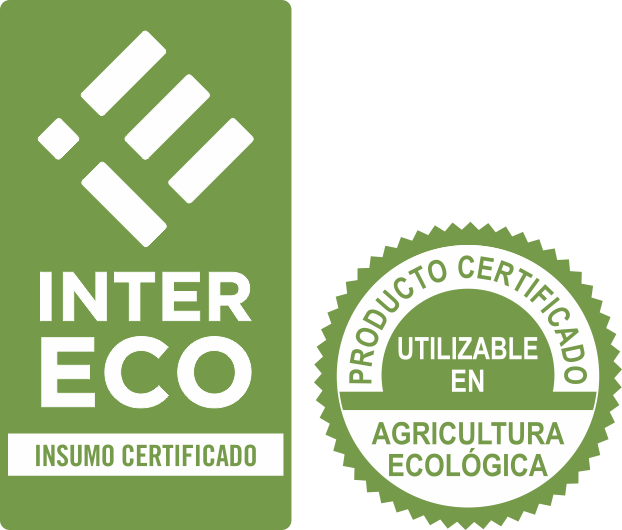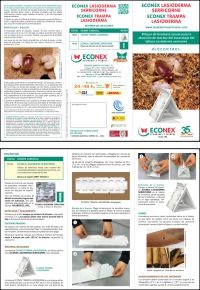This insect also feeds on different products of animal and vegetable origin: seeds, grain, cocoa and packaged food products that have been stored for long periods of time. In addition, it is a serious pest causing particular damage
to herbal plant specimens.
The adult can easily perforate thick plastic containers and cardboard boxes, causing serious problems for packaged food products, which cannot be sold.
Morphology biology
The adult beetle is small, oval-shaped and a yellow-reddish or brown-reddish colour. It measures from 2 to 2.5 mm long. Its head is bent forward almost at a right angle to its body, so it appears to have a pronounced humpback
when looked at from the side.
The larvae are a yellowish-white colour and shaped like a caterpillar. Each larva has three pairs of legs and a brown head. They measure a maximum size of 2 to 3 mm.
The adult beetle has a lifespan lasting 2 to 4 weeks. The adult females lay approximately 100 eggs over a lifespan of 6 to 20 days. The eggs are oval-shaped and a white colour. They take 6 to 10 days to hatch.
When the larva emerges, it perforates the stored products causing damage to the tobacco and infesting it. Larvae reach their maximum growth in 30 to 50 days. They then enter into pupal stage, which lasts for 8 to 10 days or
more, depending on the temperature. The pupae are covered by a silky cocoon containing food.
The developmental period from egg to adult is variable, but it usually lasts between 6 and 8 weeks under the favourable conditions of humidity and temperature (20-37 °C). Lasioderma serricorne cannot tolerate the cold weather,
the adults die within 6 days if the temperature is at 4 °C and the eggs only survive for 5 days at temperatures from 0 to 5 °C.
Source: Departamento de Entomología de la Universidad de Pennsylvania and Organización de las Naciones Unidas para la Alimentación y la Agricultura (FAO).


















